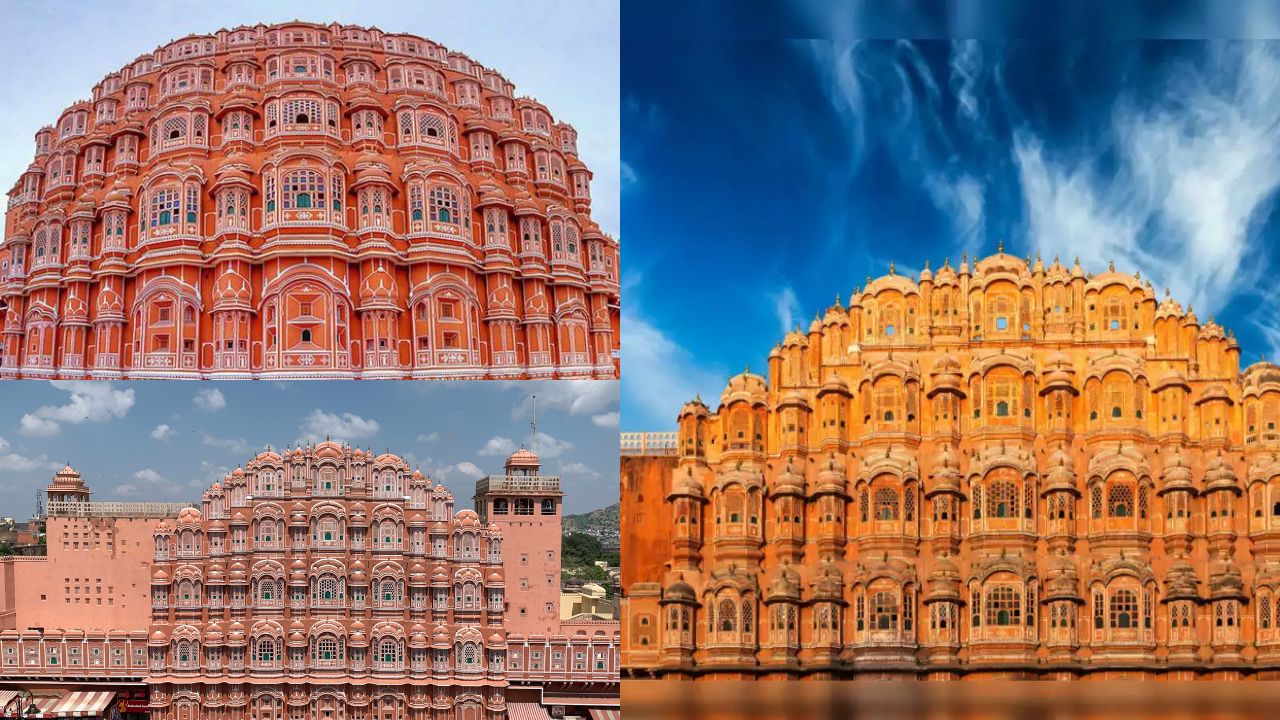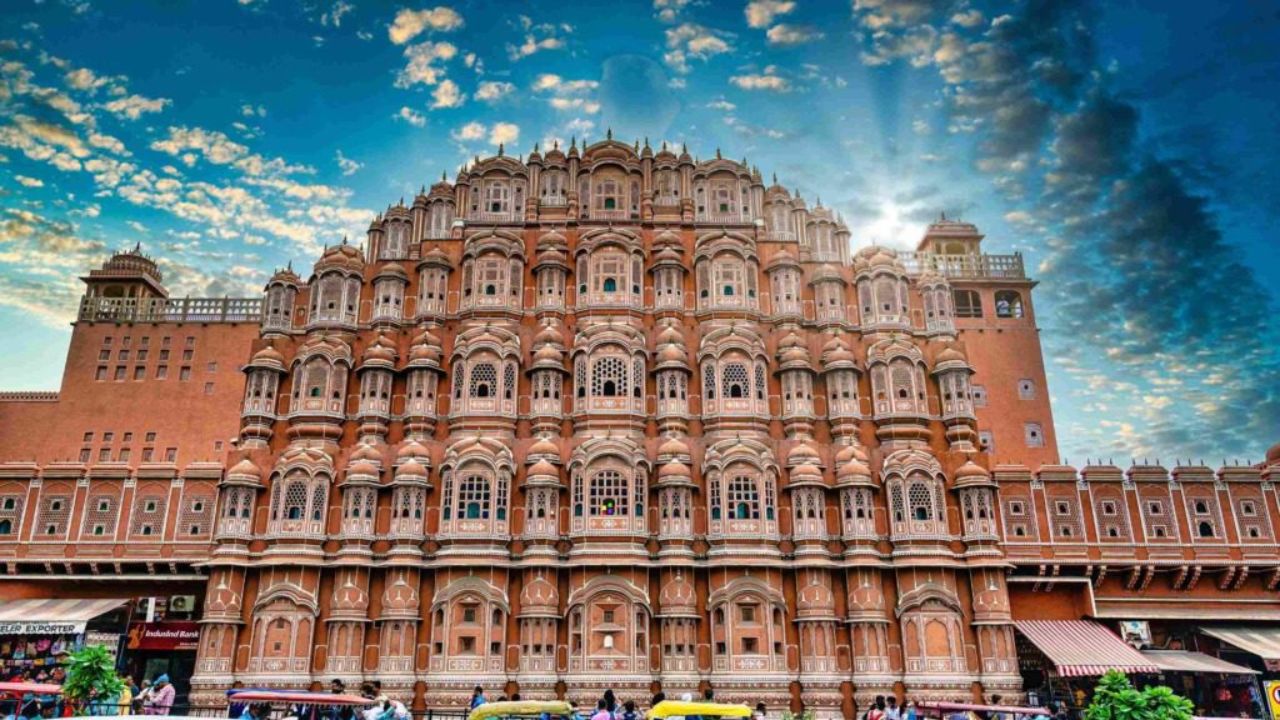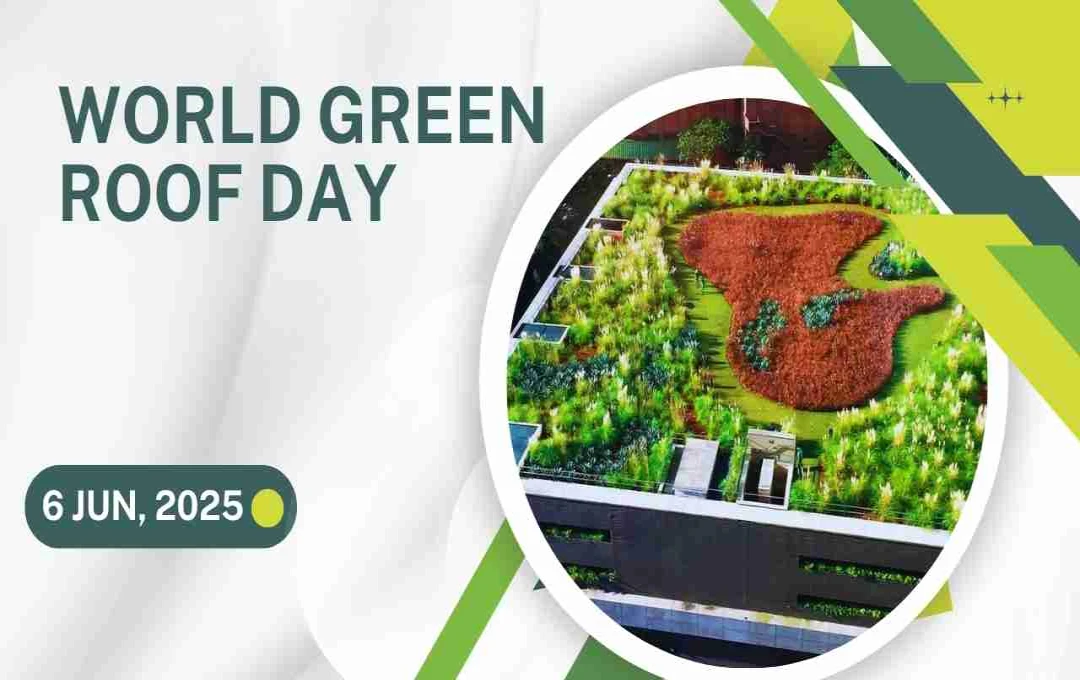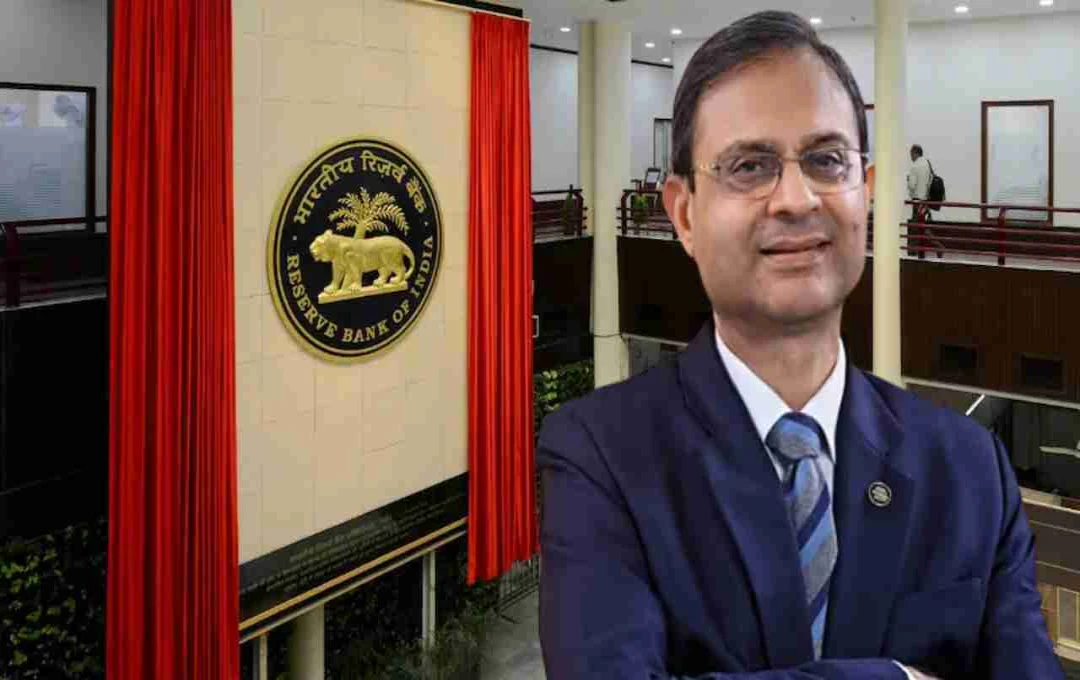Details about the Amazing Architecture of Hawa Mahal
The Hawa Mahal is a palace located in Jaipur, India. Its name, meaning "Palace of Winds," comes from its tall walls, designed to allow women to easily observe and view festivities outside the palace. Crafted with exquisite beauty, the Hawa Mahal in Jaipur is one of India's most famous tourist attractions. Its numerous windows and balconies also earned it the nickname. This five-story structure, resembling the crown of Lord Krishna, boasts 953 windows, arranged like honeycombs, showcasing the rich heritage of the Rajputs.
Constructed from red and pink sandstone, the Hawa Mahal stands alongside the City Palace. A unique feature is its status as one of the world's tallest structures without a foundation. The palace is positioned at an 87-degree angle, creating a captivating visual spectacle. The windows are arranged in a single row, giving the impression of a large group sitting together in one place. Adorned with intricate designs, the palace is strategically situated in the heart of Jaipur's commercial hub, forming an integral part of the City Palace and extending to the women's quarters, or zenana.
The remarkable craftsmanship of the Hawa Mahal is evident in its construction. The walls were built using a unique blend of materials including limestone, fenugreek, and jute. Crushed limestone mixed with mortar, lime, and jaggery was used to create the foundation, while finely ground jute and fenugreek were employed in the intricate latticework of the windows. Additionally, materials like conch shells, coconuts, glue, and egg shells were used in various parts of the construction. Lal Chand Ustad, assisted by two hundred artisans, completed this magnificent palace in 1779.
The architecture of the Hawa Mahal is a masterpiece of craftsmanship. Its walls are adorned with intricate floral designs representing Rajput architecture, while the stone carvings showcase Mughal artistry. The entrance, instead of facing the front, leads towards the City Palace. Three two-storied buildings surround a large courtyard, with the Hawa Mahal situated on its eastern side. The courtyard now houses a museum. The interior of the palace connects the upper floors through ramps and pillars. The first two floors of the Hawa Mahal have courtyards, while the remaining three floors are approximately the size of a room.
A notable aspect is the absence of stairs; ramps are used to access the upper floors. A complete renovation of the Hawa Mahal was undertaken in 2006, after 50 years, with an estimated cost of 4568 million for the renovation project. Initially, a corporate entity in Jaipur was tasked with the renovation, but it was later undertaken by the Unit Trust of India.

Best Time to Visit Hawa Mahal:
The winter season is ideal for visiting Jaipur. The period from November to February marks the peak tourist season. During pleasant weather, you can explore multiple ancient structures peacefully. The best time to visit the Hawa Mahal is between 9:30 AM and 4:30 PM. However, the ideal time to admire this royal structure is during the morning hours, when the golden rays of the sun fall upon it, making the Hawa Mahal even more picturesque and majestic. The Hawa Mahal museum is closed on Fridays; therefore, visiting on other days is recommended.
How to Reach Hawa Mahal:
The Hawa Mahal is situated on a major road in the south part of Jaipur city. Jaipur is directly connected to all major Indian cities by road, rail, and air. The Jaipur railway station is a central hub of India's broad gauge rail network. Accommodation options such as hotels, guesthouses, and dharamshalas are available.
The Hawa Mahal does not have a direct front entrance. Entry to the Hawa Mahal is through pathways situated on either side of the structure, leading to the rear entrance.
Important Considerations during your Visit:
To experience the Hawa Mahal peacefully and without crowds, visiting early in the morning is recommended. Visiting in the afternoon may lead to encountering crowds. Prolonged waiting might lead to missing close views. Therefore, early morning arrival is advised. The absence of stairs in the Hawa Mahal necessitates the use of ramps for access to the upper floors. Wear comfortable shoes. Carry a water bottle with you. Be mindful of the lower walls and follow all rules and regulations.
Nearby attractions include the City Palace, Jantar Mantar, Ram Niwas Gardens, Chandpole, and Govind Ji Temple.











